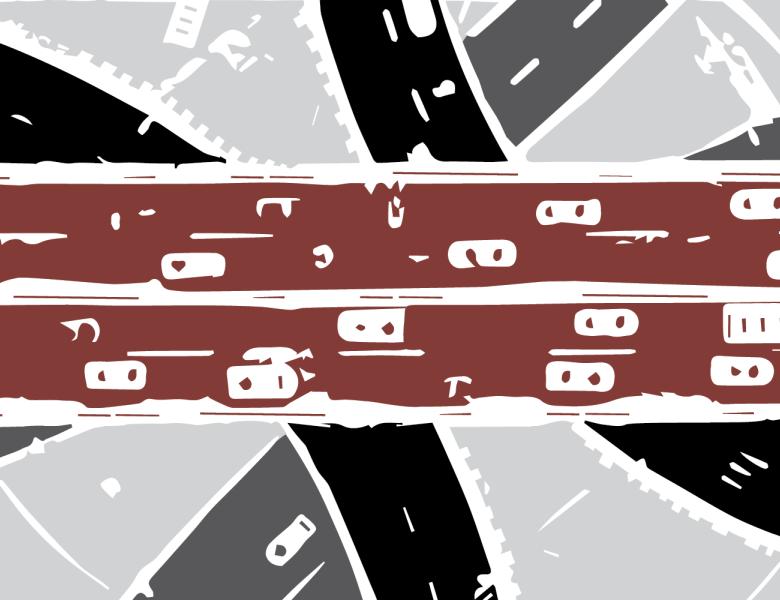
Abstract
In the future, a city operator might react in real time to high pollution levels, by signaling to a fleet operator (deliveries, groceries and food, Uber or Lyft, etc.) that it should avoid certain streets. What makes this a challenge? (1) Fleet operators control sizable amounts of traffic in a city, and they work with real-time data feeds on location and job assignment, and they can change their control policies with short notice. In the past, the control problem for a city has involved slow-changing signals sent to predictable users, but now it can involve much more dynamic and high-impact actions. (2) The outcome depends on the interplay between three types of agent, each with their own goals: the user, the fleet operators, and the city operator. Fleet operators can add new features at the speed of app development, far faster than the speed of city planning. Therefore the city operator needs to be able to quickly use data visualisation and ad hoc analysis, Excel-style, tied to on-demand flexible simulation, rather than waiting for academics to devise theoretical models. I will describe a project that's starting at the Alan Turing Institute, prototyping such a dashboard. We believe it will be a useful contribution to the debate about how cities and fleet operators need to interact.


